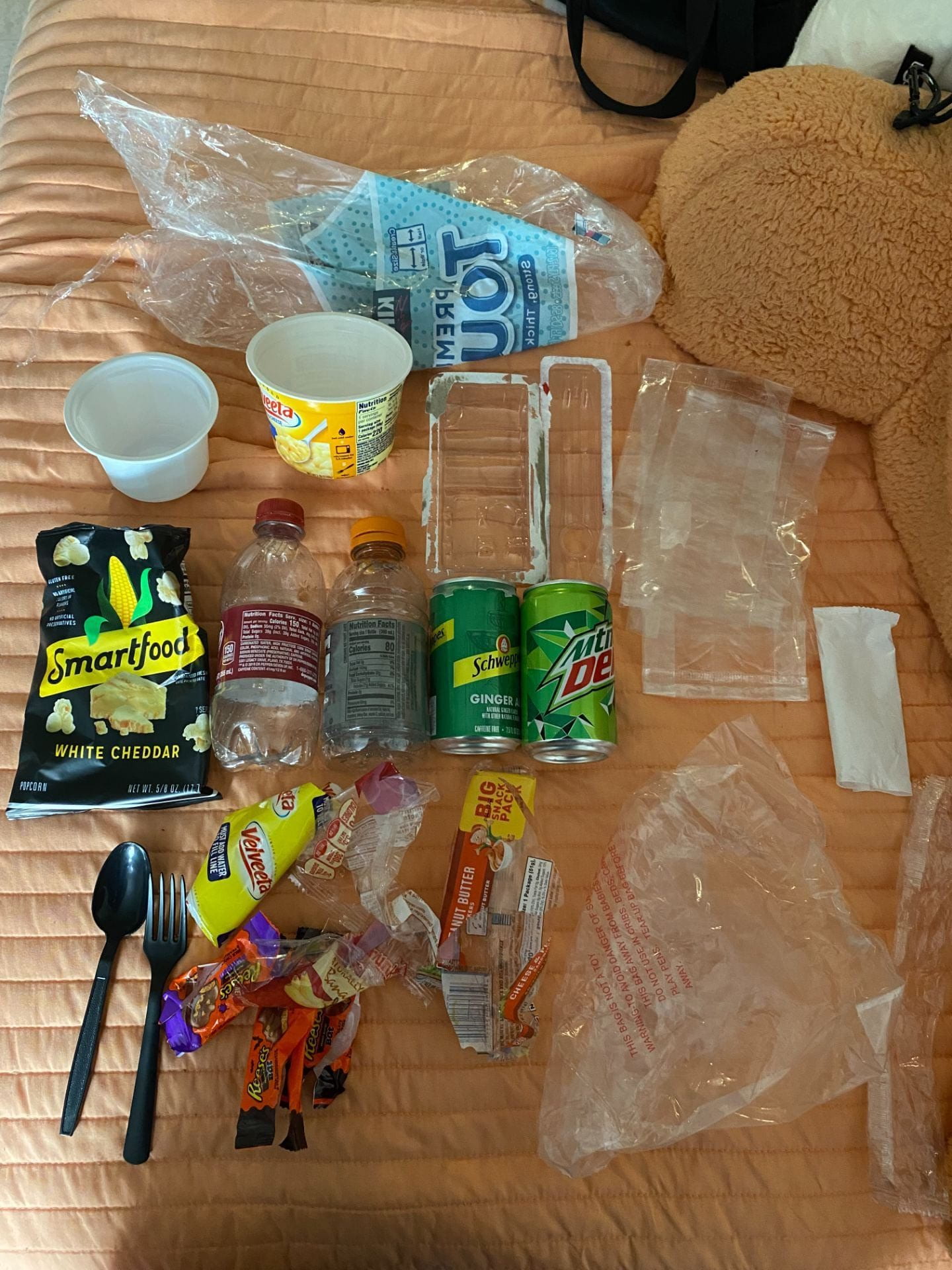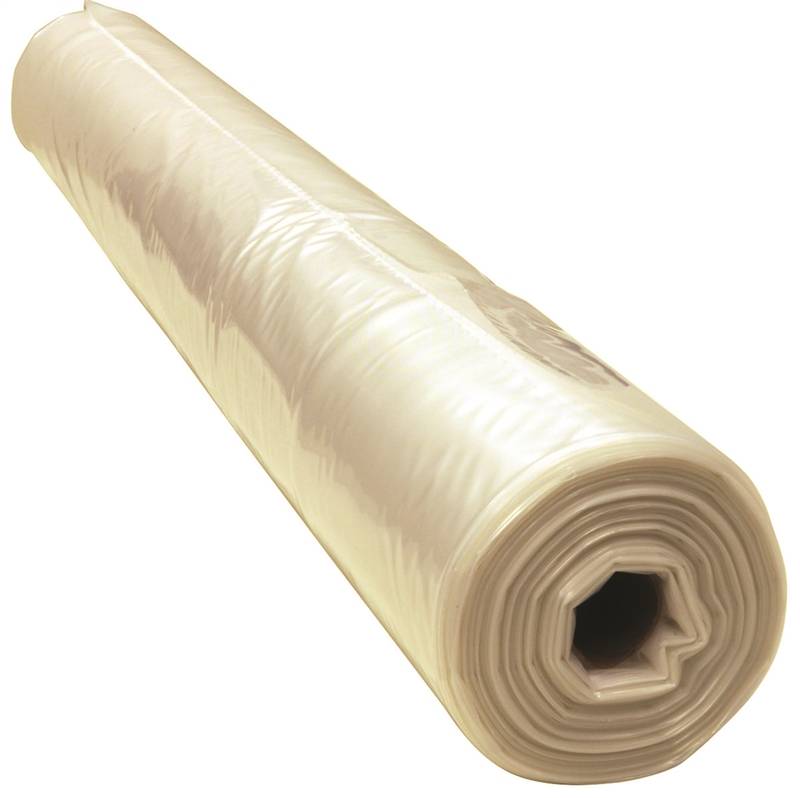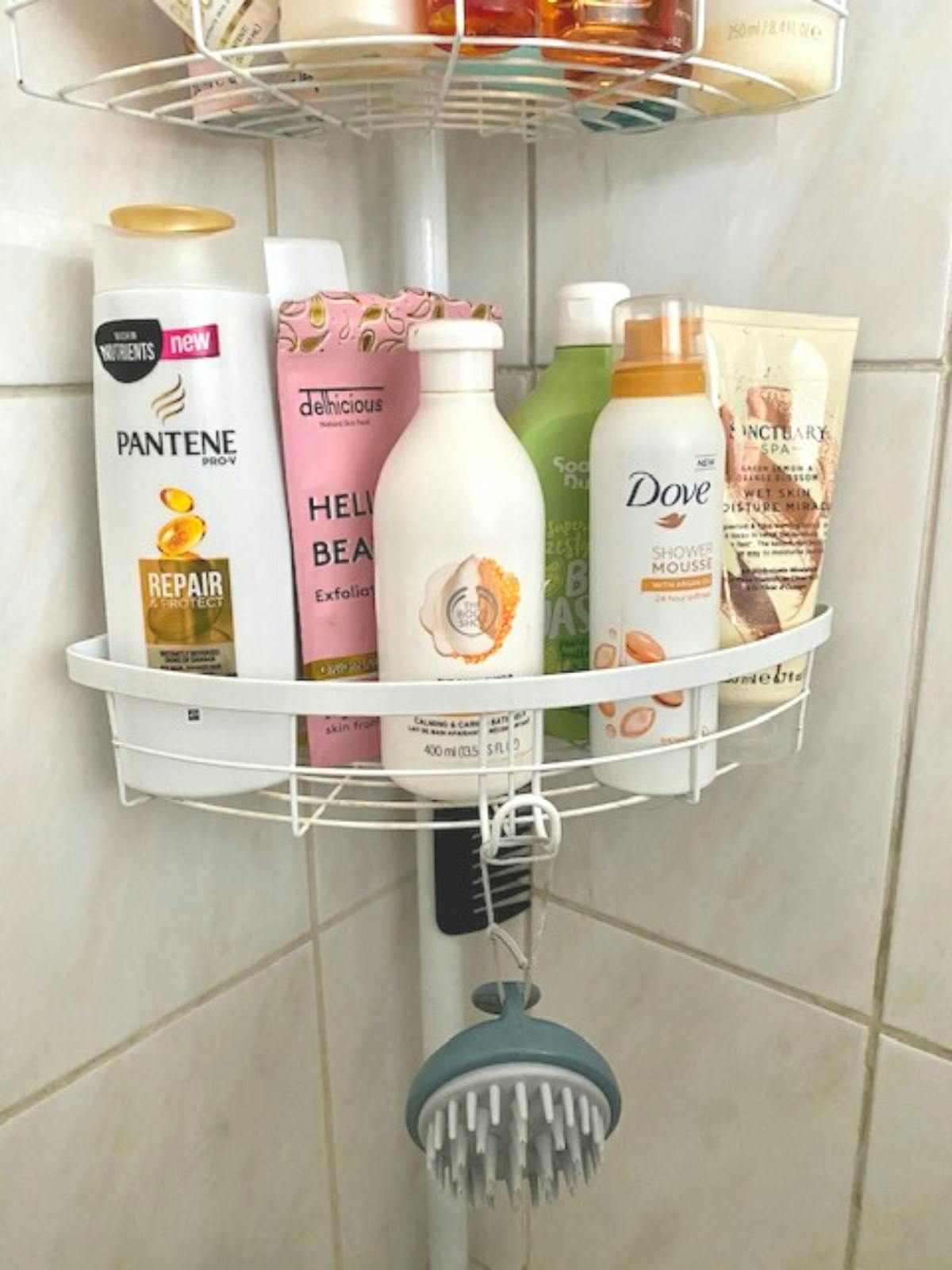Plastic surrounds us everywhere. We all use plastic in our daily lives whether we know it or not. Starting my plastic journal I felt fairly confident that the number of plastic items I used would be moderately average. I try my best to use sustainable items like a hydro flask instead of plastic water bottles, or cloth bags instead of plastic ones. However, once I started my day I knew the number would be much higher than I anticipated. Many of my everyday items I used were plastic and I didn’t even know it.

As the day went on the number of plastic items I came in contact with grew tremendously. Many of the items I used were all disposable like masks, silverware, cups and plates. On top of that, I only listed things once. I didn’t repeat them. I used many disposable plastic items multiple times throughout the day and they weren’t even included in my total number. In total I touched about 30 plastic items, but if I counted everything that repeated the number would have been much higher.
I think that this number is a fair representation of how much plastic I touch in a day – except for the fact that I didn’t repeat items. Everyday is different but most of the items I ended up using, I use on a daily basis. This journal was a complete eye opener for me. As I said before I thought my number would be on the lower side, but in turn it was much higher than I thought. So many of the items I used everyday are made of plastic and I never even realized.

When it comes to recycling I try my best to recycle whenever I can. However, living in the dorms makes that much more difficult. I have yet to find a recycling bin on the floor of my dorm, which is a problem. At home I make a conscious effort to recycle but it’s much harder here. I definitely agree with Beth Terry’s quote “Guilt is not encouraged.” but after completing this journal it’s hard not to feel guilty about all of the plastic I encounter. This is because I know most of it can be replaced with something more sustainable.



 ompost food waste to reduce your use of plastic garbage bags, recycle, look for clothing made from natural fibers and shoes that don’t contain plastic, and educate other people to maybe try and do the same. (Priesnitz) .
ompost food waste to reduce your use of plastic garbage bags, recycle, look for clothing made from natural fibers and shoes that don’t contain plastic, and educate other people to maybe try and do the same. (Priesnitz) .

















 And after thinking about it, I also came up with ideas on how to reduce my single-use plastic consumption. However, I also realized how difficult it is to implement some of them in the US.
And after thinking about it, I also came up with ideas on how to reduce my single-use plastic consumption. However, I also realized how difficult it is to implement some of them in the US.